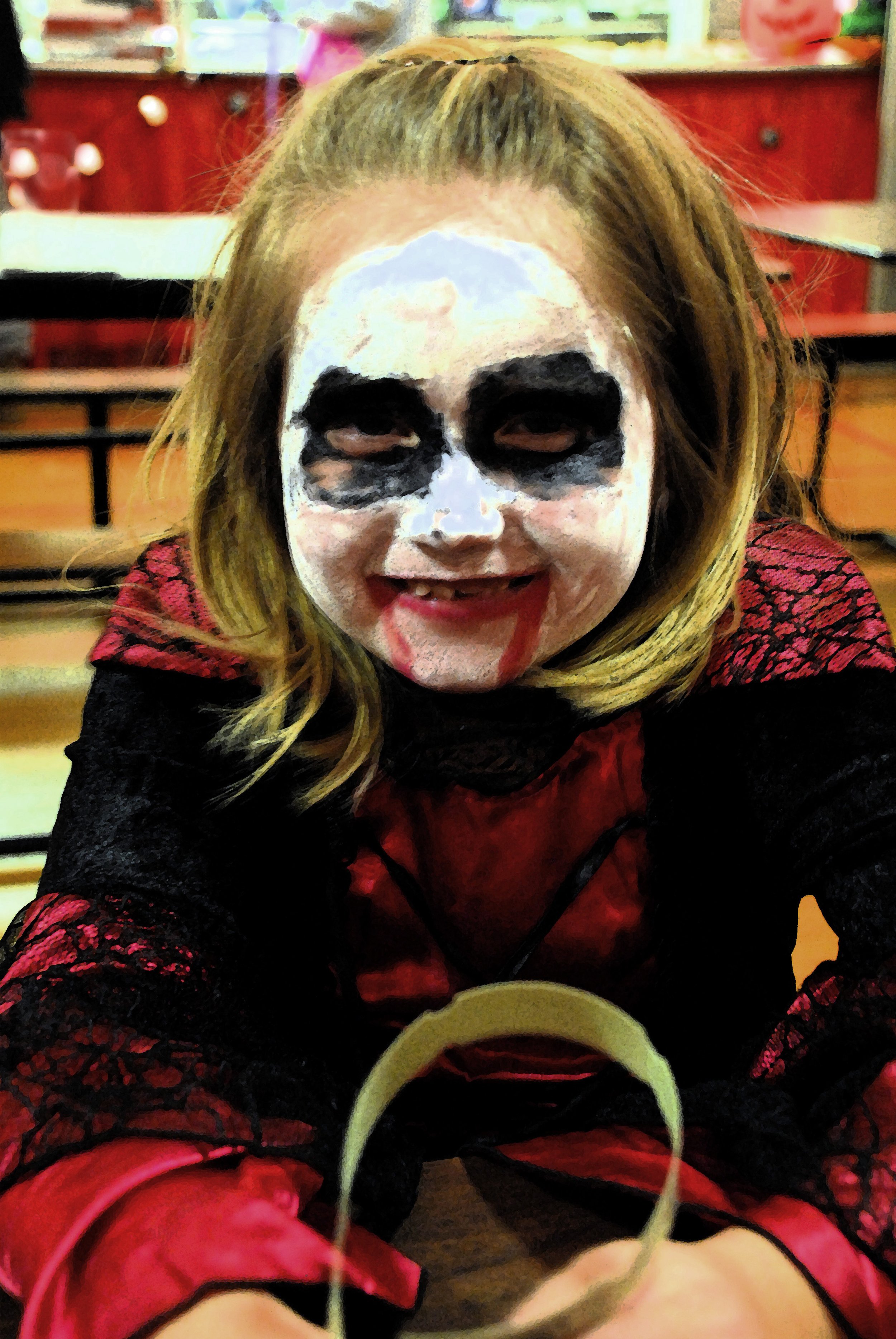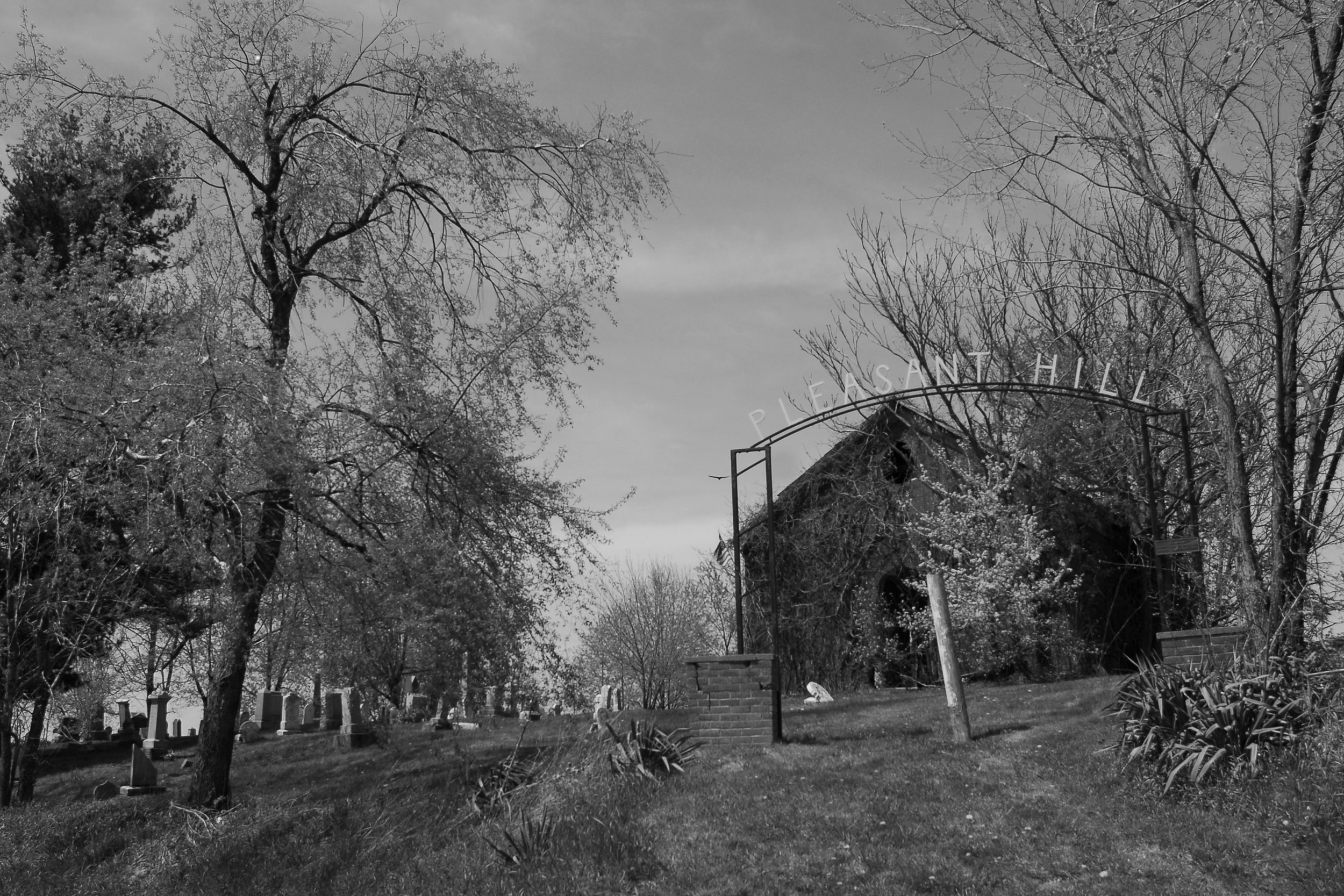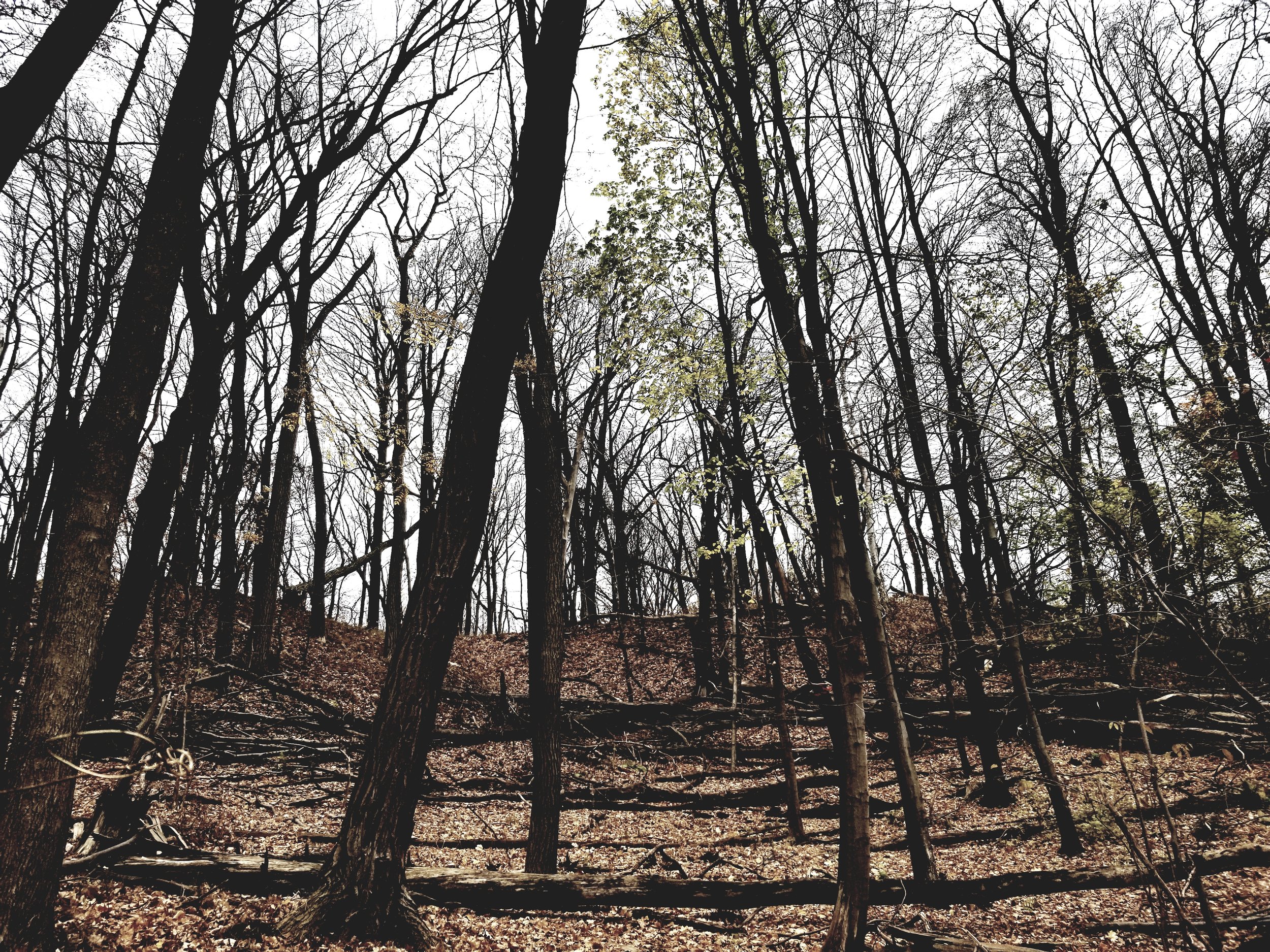Time to Twist & Dunk: Happy National Oreo Cookie Day!
/Happy National Oreo Day! Yes, it’s a thing, and lots of people are celebrating the “World’s Best-Selling Cookie” (true) by buying and eating more of them.
But the beginnings of the cookie that makes so many people happy are rooted in drama. It started with two brothers, Jacob and Joseph Loose, who owned the American Biscuit & Manufacturing Company in the late 1800s. They were having disagreements on the next chapter for their company when Jacob became ill in 1897 and had to step away to recover.
Joseph took advantage of his absence and found new business partners in their competitors, New York Biscuit Company and United States Baking Company, thus creating National Biscuit Company (Nabisco.) When Jacob returned to the workforce, he found his own new partner, John Wiles and formed the Loose-Wiles Biscuit Company, but they were never able to compete with Nabisco.
Speaking of competition, Sunshine Biscuits’ Hydrox sandwich cookie is the original chocolate cookie outside, creamy filling inside treat, which was introduced in 1908. Four years later, Joseph and friends from Nabisco unveiled their copy of the popular Sunshine sandwich, the “Oreo,” origin of the name unknown. The filling was sweeter, the chocolate cookie not as crunchy, and the marketing a step up. The companies went back and forth for 50 years, but eventually the Oreo left Hydrox in the dust for good.
Here are a few more facts about today’s icon, so grab a handful of them with a glass of milk:
The chocolate cookie design used today has been around since 1952. Today’s filling was developed by Sam Porcello, a food scientist who retired from Nabisco in 1993 and who holds five Oreo-related patents.
Since 1912, more than 450 billion Oreos have been produced in 18 countries worldwide; annual production since 2017 is up to 40 billion. Sales in the United States and China account for 70 percent of the total.
The first special flavor offered was lemon, but it was discontinued soon after. Other more unusual Oreo flavors include Swedish fish, watermelon, root beer float, waffle & syrup, pina colada, hot chicken wing (China only,) wasabi (China only,) and green tea (China and Japan.) Some of these are still available, and some can only be seen at the Museum of Failure in Los Angeles.
The cookies are kosher and, technically, vegan. The ingredients are vegan, but there is a possibility of cross-contamination with milk at the factory. Oreo also offers a gluten-free version.
A 2022 study reported in the Physics of Fluids journal proved that the Oreo creamy filling cannot be split in the middle but always stays on one of the chocolate cookies or the other. According to Nabisco, around 50 percent of customers twist the cookies open and 50 percent take a bite of the whole cookie, and women are more likely to twist.
A high school math class analyzed Oreos and found that 21 percent of the cookie is filling and 79 percent is cookie; a Double-Stuf Oreo actually has about 1.86 times the amount of filling of a regular Oreo—not quite double; the Mega-Stuf contains about 2.68 times the amount of a regular.
A study at Connecticut College showed that the same “pleasure center” in the brains of lab rats that is activated by cocaine and morphine is also activated by the world’s most popular cookie. Coincidence? I think not. And the rats like to eat the creamy filling first.
Enjoy your day!





















































